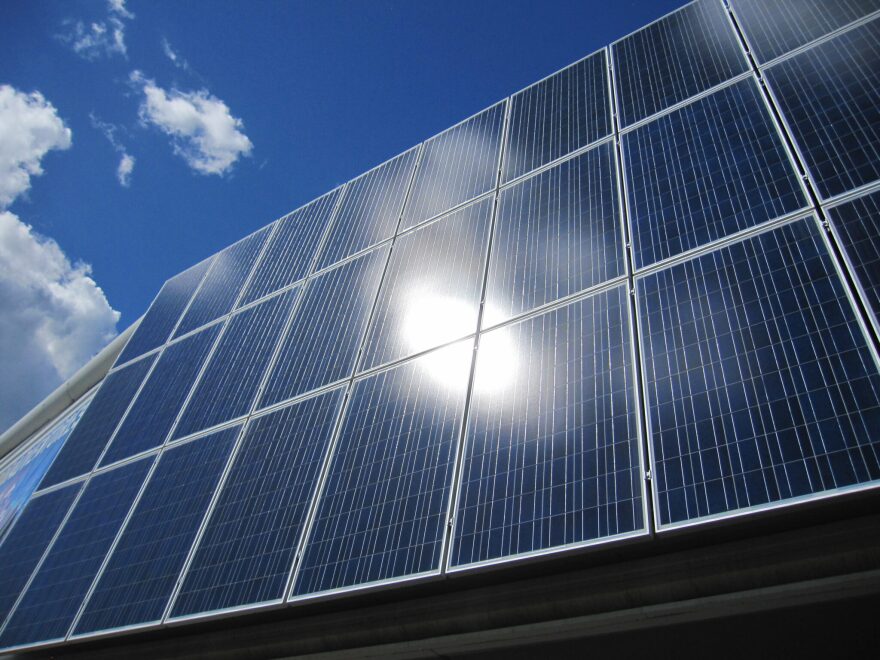A new study published by the Belfer Center of the Harvard Kennedy School has concluded that solar power plants are now cost-competitive with diesel for many rural Alaska communities, even if solar is only usable during part of the year.
“The conclusion was that they were pretty darn competitive,” said Henry Lee, the study’s co-author and director of the Environment and Natural Resources Program. He performed the analysis with public policy graduate student Windy Dewi, the other co-author.
“Solar actually can give you cheaper electricity and will pay for itself over time under a lot of assumptions regarding oil prices,” he said.
“Now, would you be able to go 100% on solar? Not at all. You will always need diesel, particularly in the months where there’s no sun, and you also need it during the night and things like that,” Lee said.
But even taking into account the costs of building and maintaining both a solar power plant and a diesel one simultaneously, the hybrid model is frequently cheaper or equal to diesel alone, the study found.
Solar prices have fallen in recent years as panels become more efficient, while diesel prices have been erratic but generally on the rise. Continued improvements in battery and solar technology are expected to intensify the economic edge.
The study was based on information from the Northwest Arctic Borough, but Lee said he believes its findings are relevant for other parts of rural Alaska where diesel fuel prices are high.
“If the annualized capital cost of the renewable generator, measured in cents per (kilowatt-hour), is less than the cost of diesel fuel that would otherwise be burned, then the solar system may be a good investment,” Lee and Dewi wrote.
They noted that for remote Alaska communities off the road system, the cost to fly or barge in diesel can effectively double the price of energy.
In places like Ambler and Kobuk, where diesel fuel prices exceeded $15 per gallon in August 2023, solar power is clearly cheaper, the study found. In other places, it’s on par with diesel prices or slightly more expensive.
Lee said the study’s findings hold up unless diesel fuel prices fall and stay low.
“What could blow up these numbers is if you believe for the next 20 years that diesel oil prices will be cheap and diesel will be readily available. And if you believe that, you probably shouldn’t switch,” he said.
Operating with solar power for part of the year also provides health benefits, he said. Diesel exhaust can cause respiratory problems and has been linked to heart disease, among other health problems.
Alaska is exempt from some national air pollution standards, meaning that those health consequences are larger here than in the rest of the country.
Lee also said that relying on solar allows communities to set their budgets more easily, since they don’t have to account for the fluctuating cost of diesel fuel.
“I wouldn’t do solar if all you care about is cost. But I don’t believe that. I believe the prices are going to go up and down. They’re going to fluctuate. They’re going to create a lot of instability, and you’re better off with some solar in your system,” he said.

